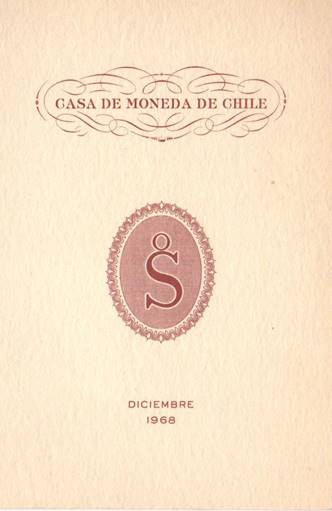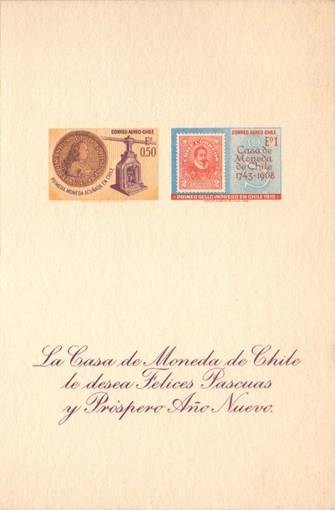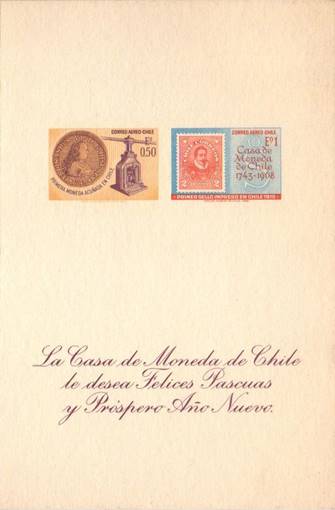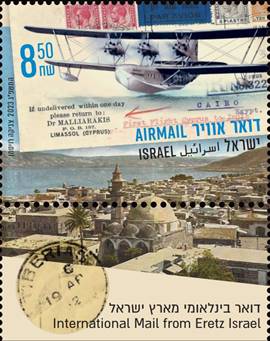|
OFFICIAL HOME PAGE OF STAMPS ON STAMPS COLLECTORS CLUB (SOSCC) FOUNDED 1960 AMERICAN TOPICAL ASSOCIATION UNIT AMERICAN PHILATELIC SOCIETY AFFILIATE NO. 127 |
THE WORLD'S FINEST STAMPS CAN
|
|
The information on this site was last updated on 21.10.2024 (DD.MM.YYYY) |
|
The longest stamp
Philippines –
2024 On June
12, 2024, the Philippines issued a stamp to commemorate the 125th
Anniversary of the First Philippine Republic. The
special stamp produced by the PHL Post is 35 x 200 mm long (about 7.5"),
and has set a new Guinness World record for the longest stamp. After the
defeat of the Spanish military in 1898 by the U.S., the Filipino
revolutionaries that had fought the Spanish government, expected independence
for their country, but found they had just traded the Spanish for American
rule. General Emilio Aguinaldo, a revolutionary leader, started a
guerrilla war against the U. S. Army, and in the areas under his control set
up a working government with a postal service. In late 1898 stamps were
printed and used on mails, well before the actual republic was
proclaimed by him in June 1899. Bitter fighting went on until 1901 when
Aguinaldo was captured and executed. The U. S.
long term intention for the Philippines was to prepare it for independence,
which interrupted by WWII, was finally achieved in 1946.
Filipino Republic Y1 1898-99
Filipino Republic Y2 1898-99
Filipino Republic Y3 1898-99
Filipino Republic YF1 registration1898-99 In the
left and right ends of the long stamp are examples of the first
four stamps, known as the Aguinaldos, issued by the first Filipino
Republic. In the center are visual events in the history of the First
Republic. All in
all, a very unusual, colorful and interesting SoS.
Happy
Stamp on Stamp Collecting, Lou
Guadagno |
|
Stamps on stamps The topic
of stamps on stamps is one of the most diverse of all topicals. Ever since
Sir Rowland Hill first advocated the use of prepaid pieces of paper to be
adhered to letters to expedite their delivery, the postage stamp has
fascinated people. It should come as no surprise, then, that the postage
stamp is being used as a stamp motif, and that topical collecting of stamps
on stamps is popular. The topic of stamps on stamps is an interesting one in
that it covers many different areas and avenues while still being true to the
stamp topic. The official bulletin of the Club is SOS SIGNAL, but it is not being published at the moment due to the absence of an editor (Are you interested in taking up the role?). Meanwhile, you can access past bulletins on SOS Signal. Additionally, some members, particularly our President, send out occasional brief articles of SOS relevance to members via email. Examples of these articles can be found in the "Articles of Interest" and "The First Page" sections. New SOS issues are listed in the "Gallery of New Issues". To become a member and be part of the club's email list please
contact our Secretary/Treasurer: Michael
Merritt |
Visit
the members sites
Rammy Molcho's site - Stamps on Stamps Virtual Collection
Plinio Richelmi's site - Stamps
on Stamps Italian Group
|
NOTICE – ALL MEMBERS
SoS SIGNAL
PUBLICATION HIATUS
EDITOR SOUGHT:
Other
priority commitments on our editor’s time have put the SOS Signal Inquiries
and especially interest in the editor position may be
directed to: |
WEBMASTER:
Rammy Molcho - E-mail
to Rammy Molcho
1





